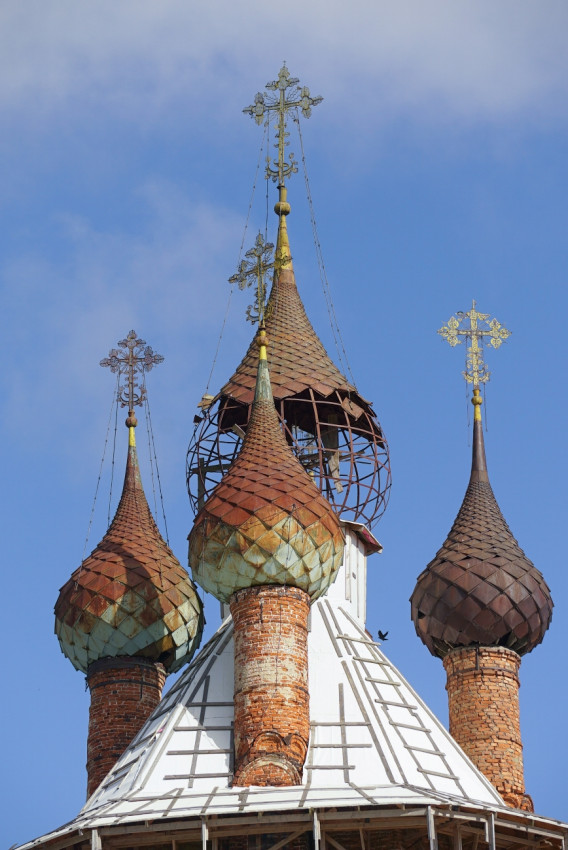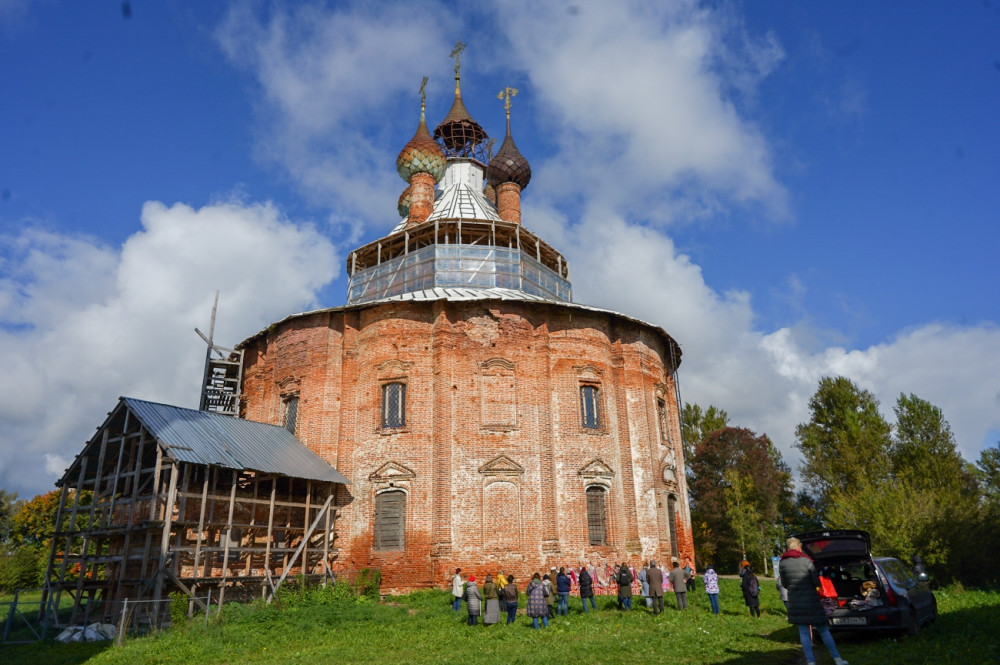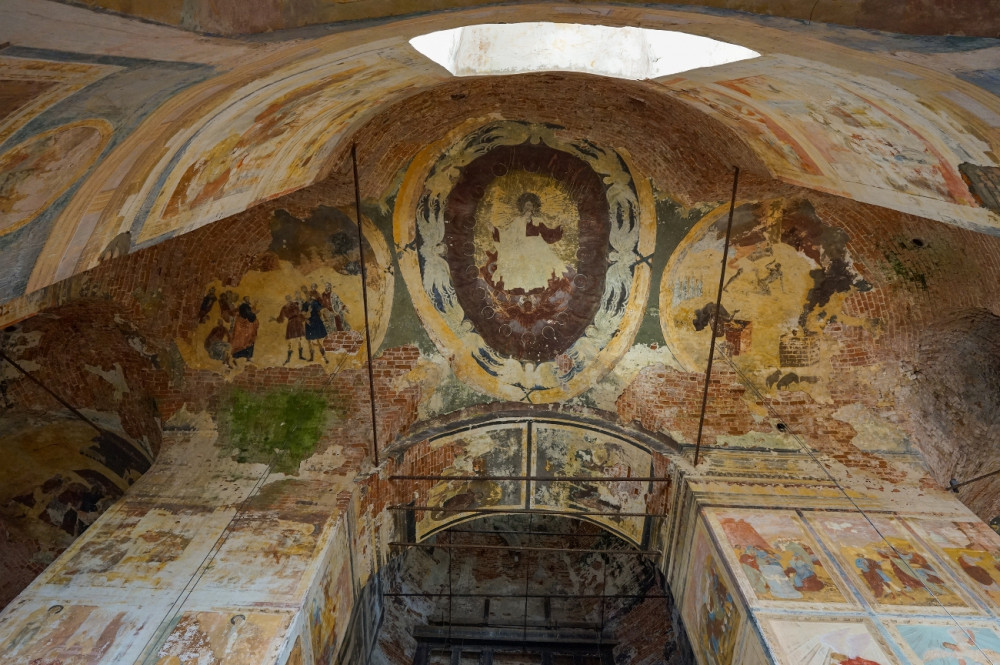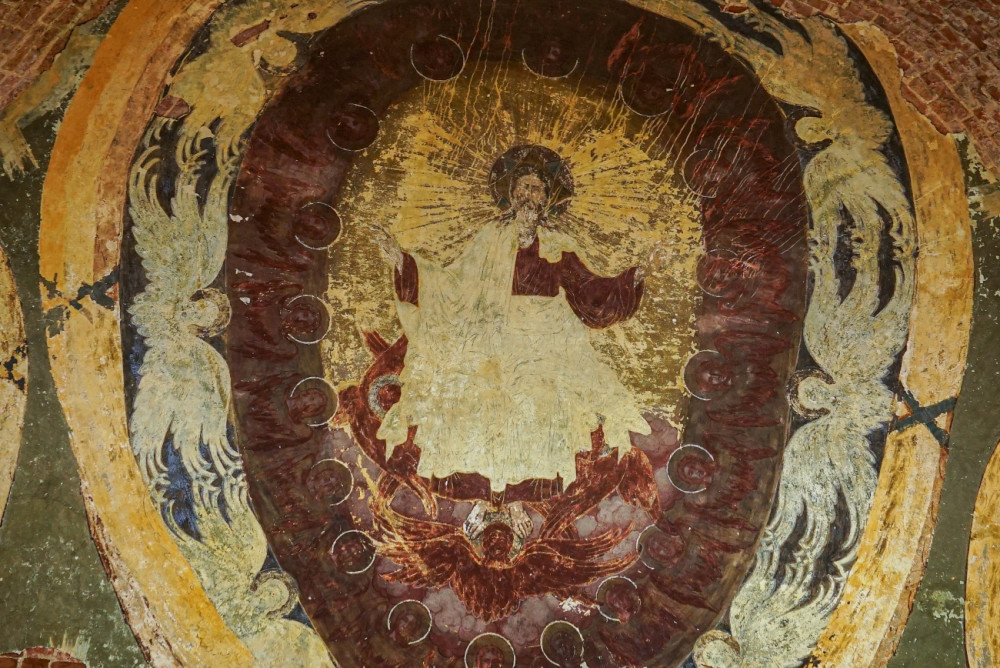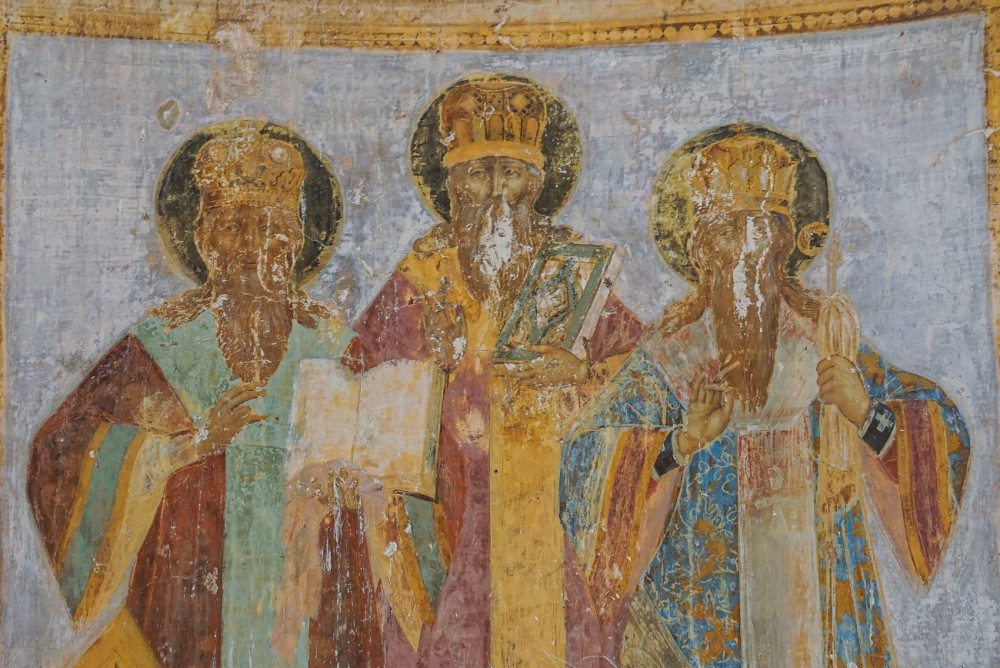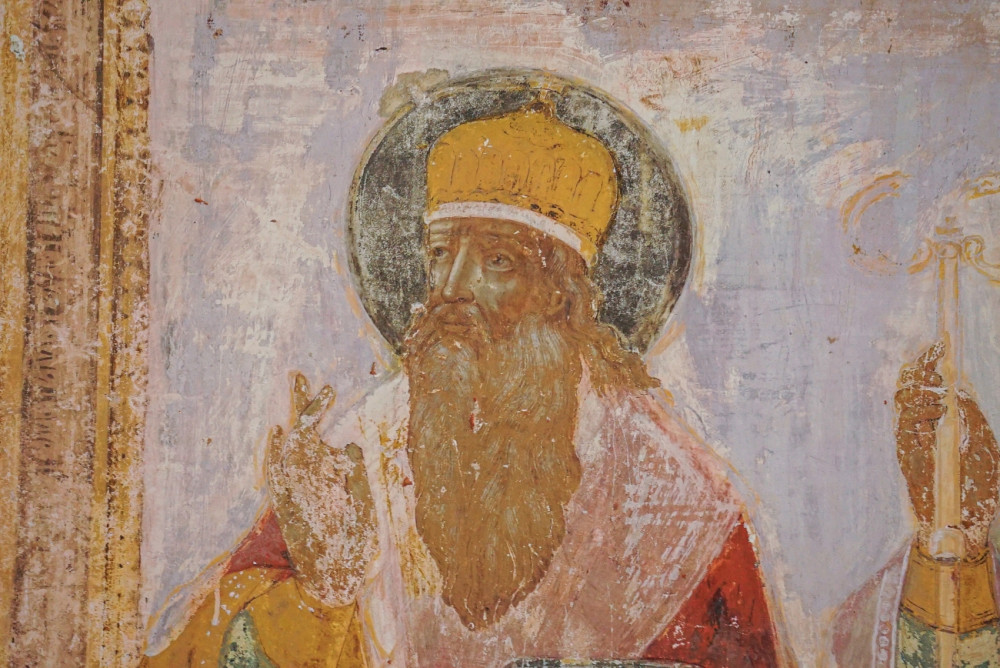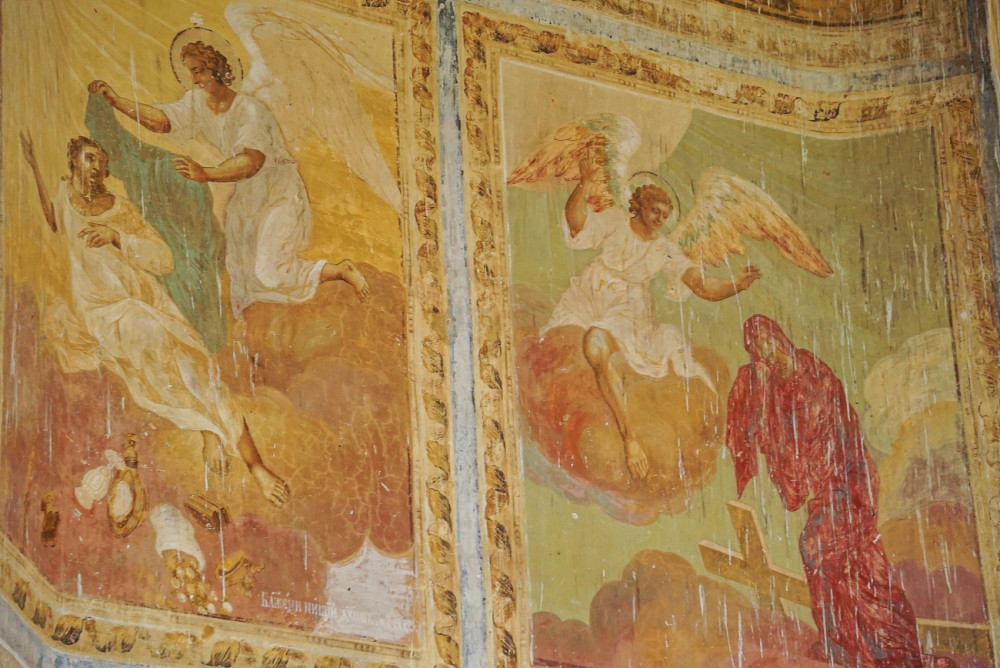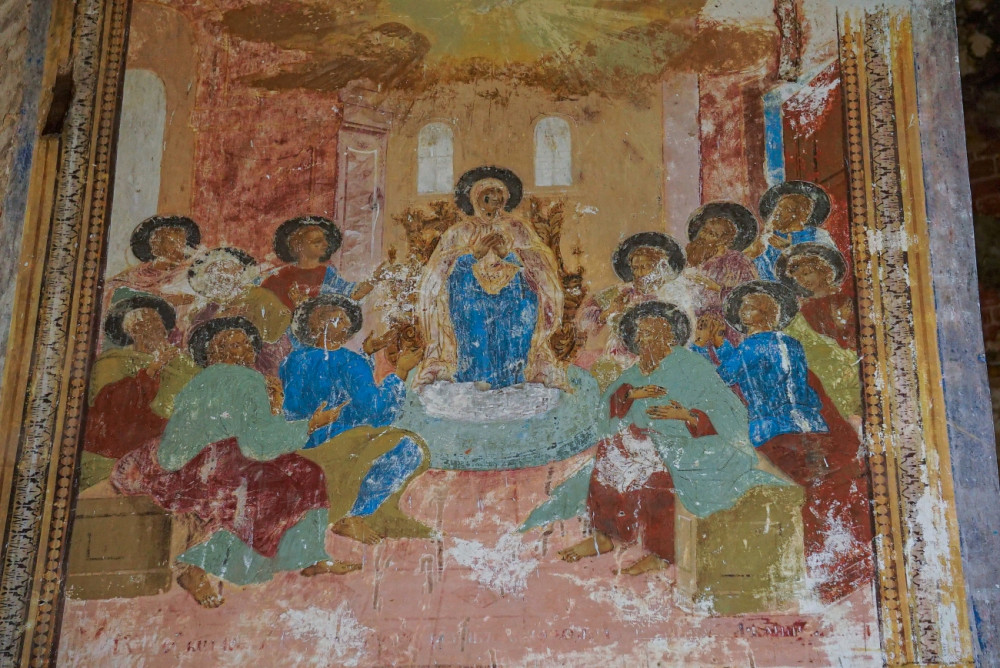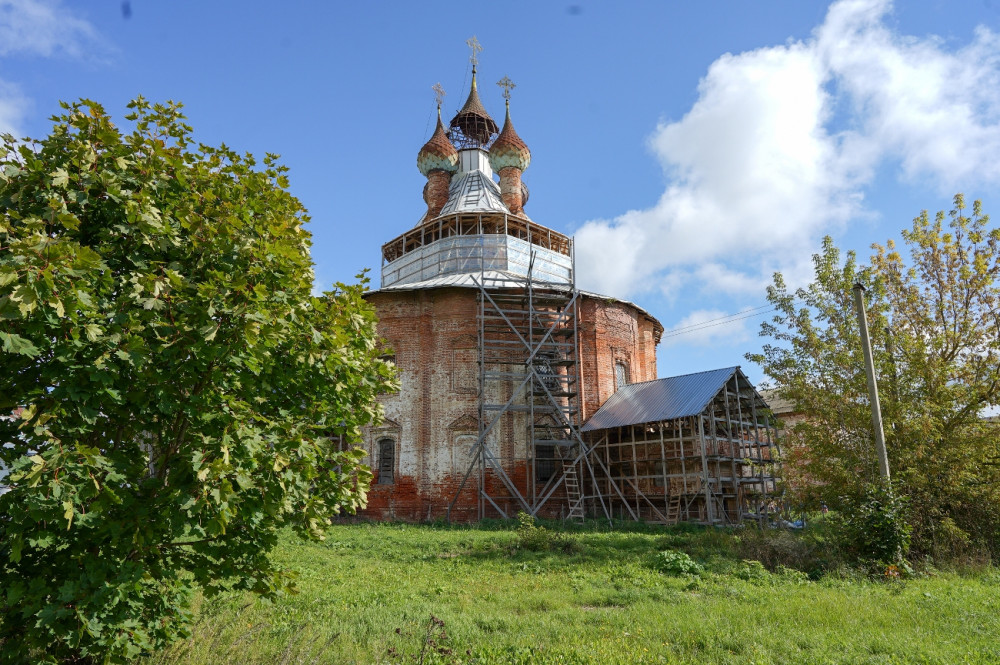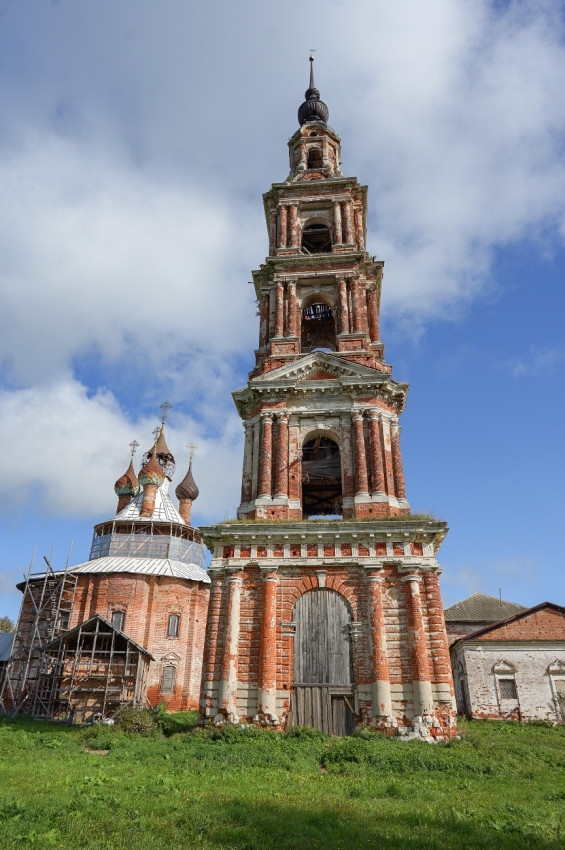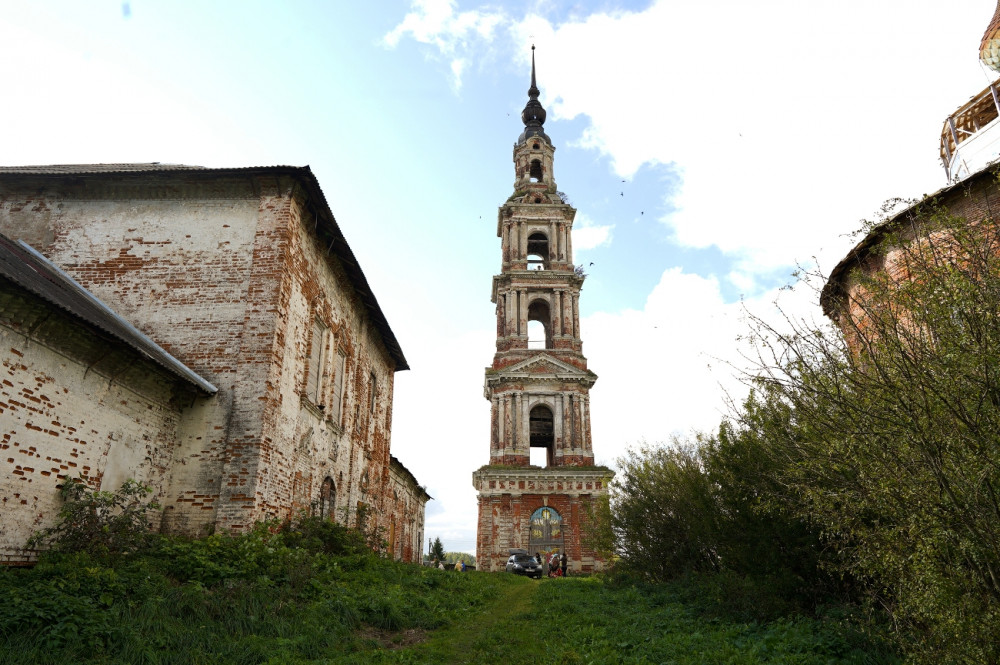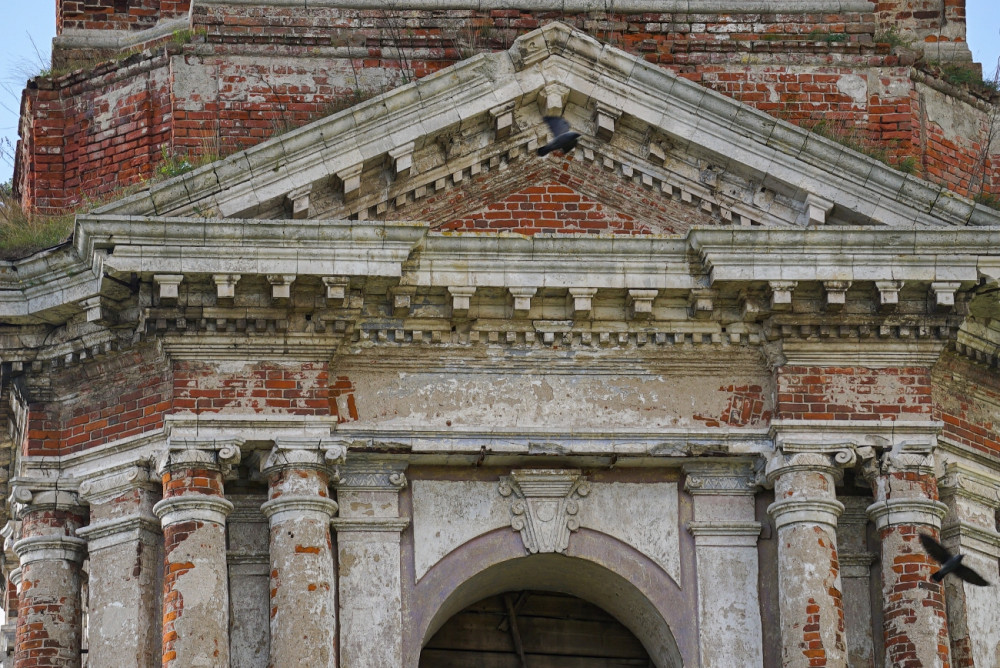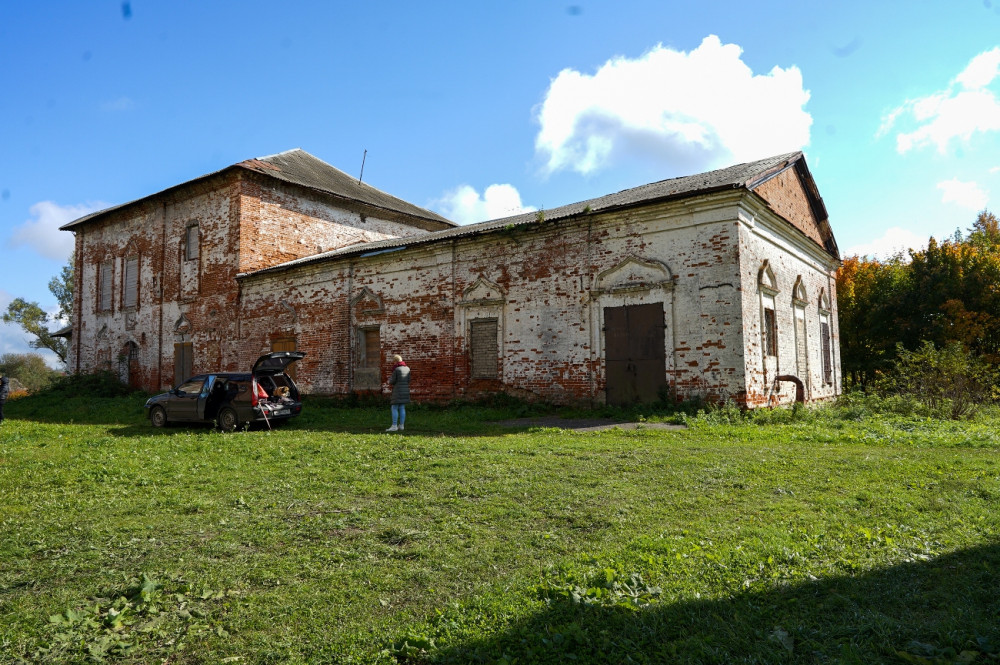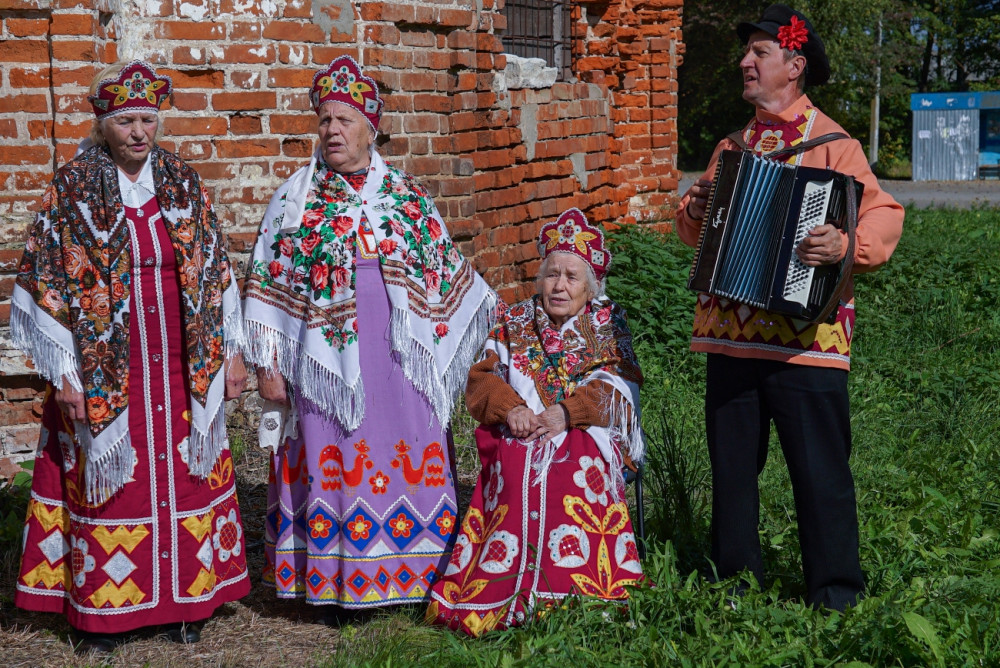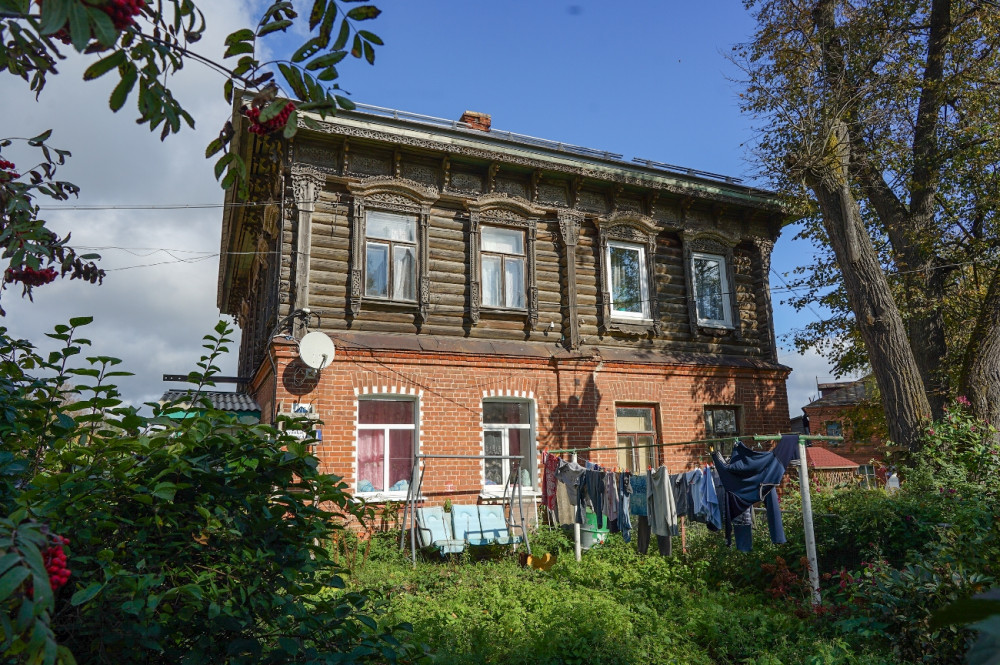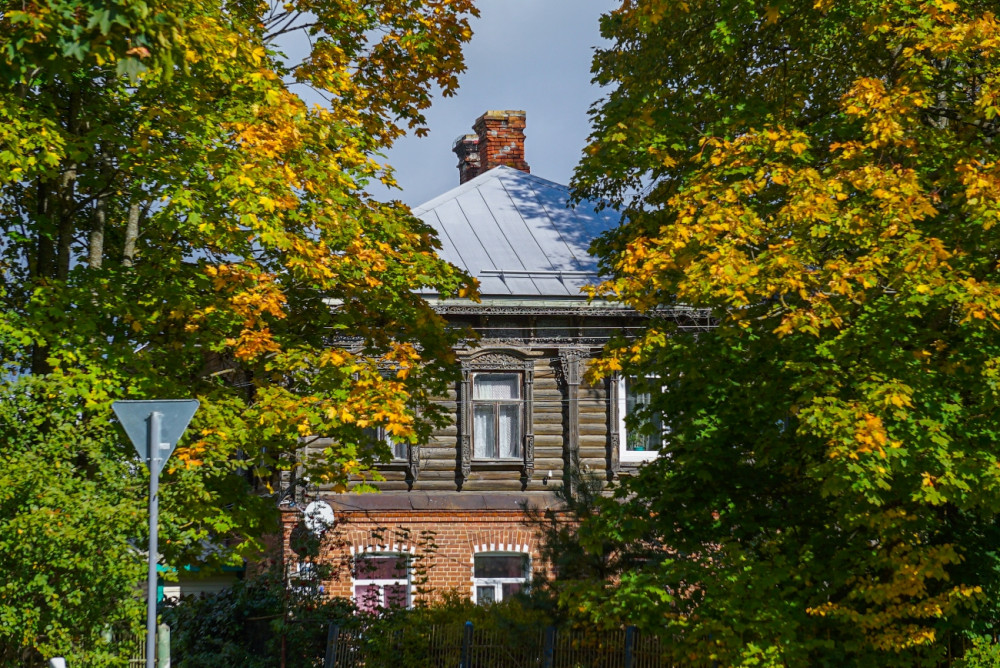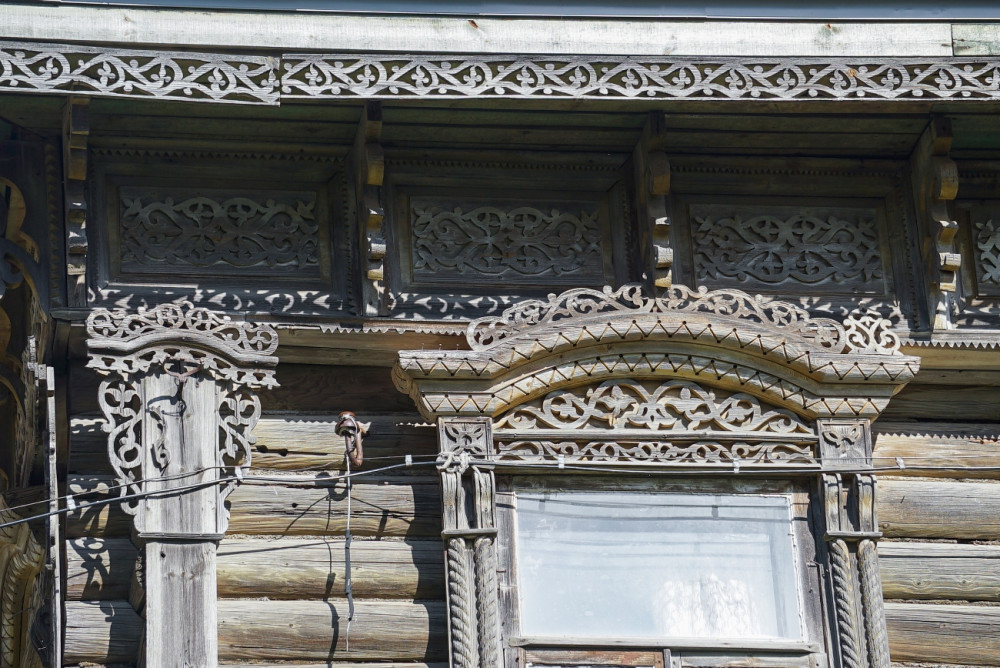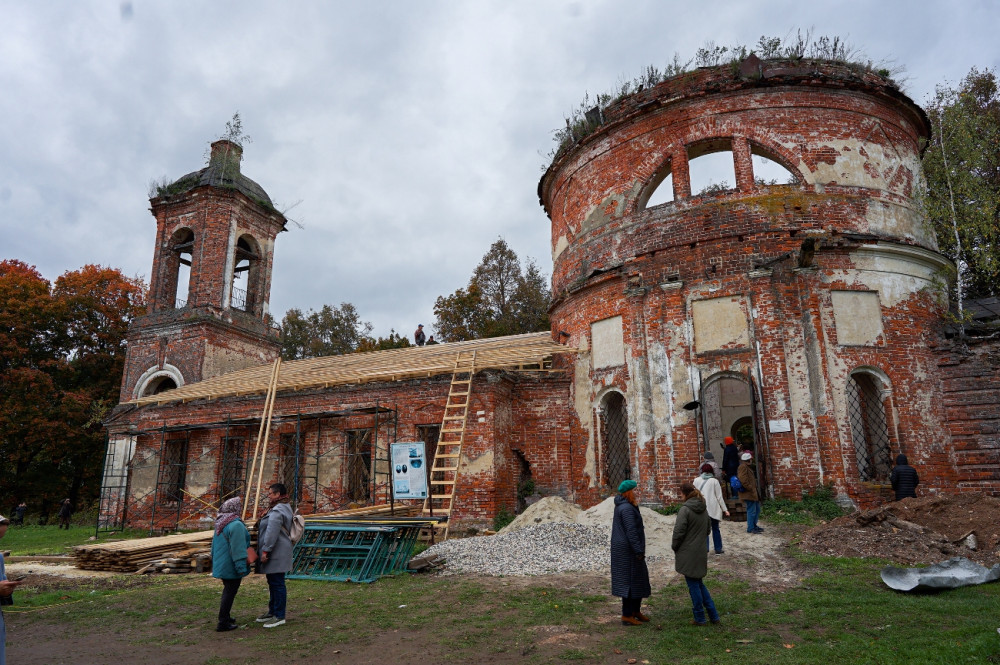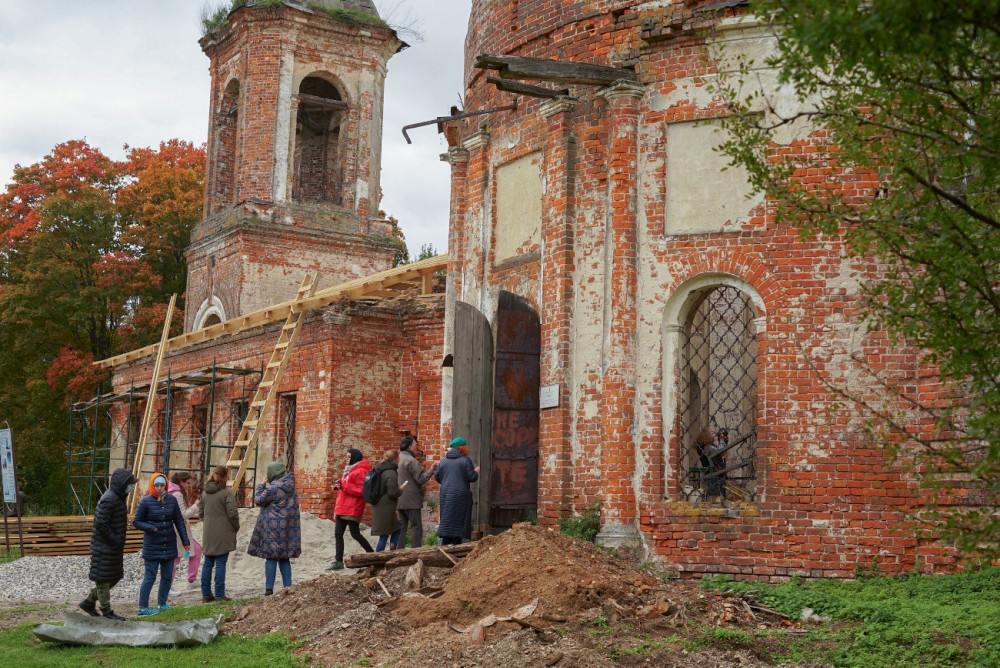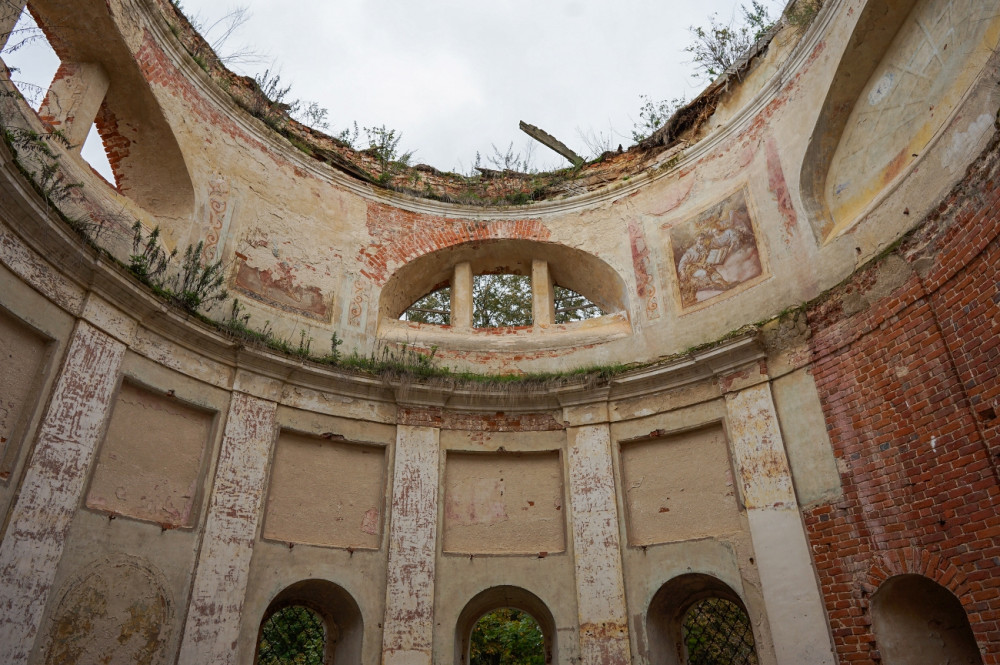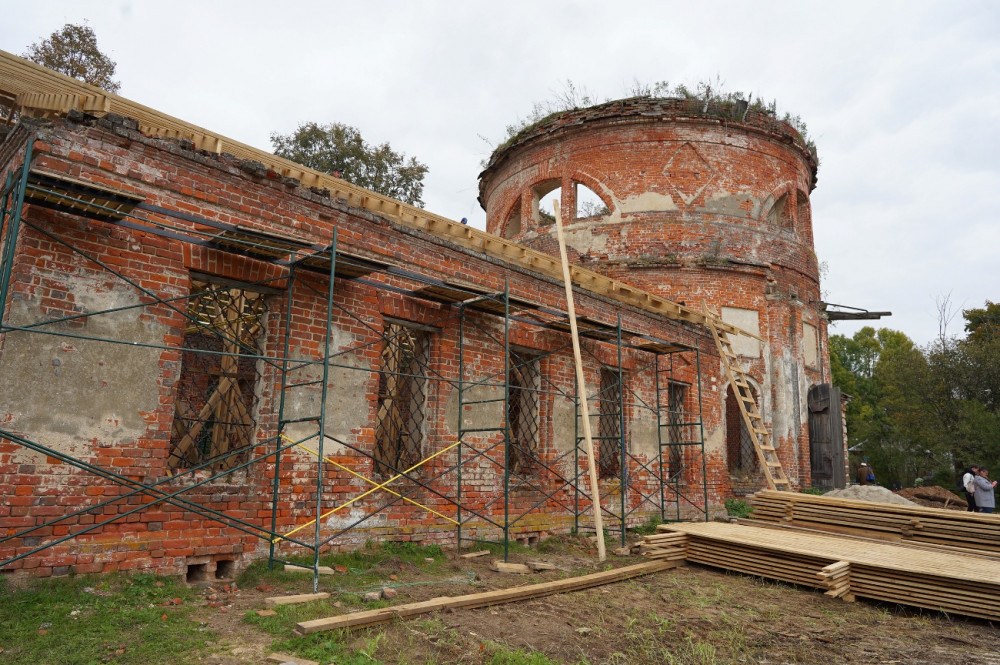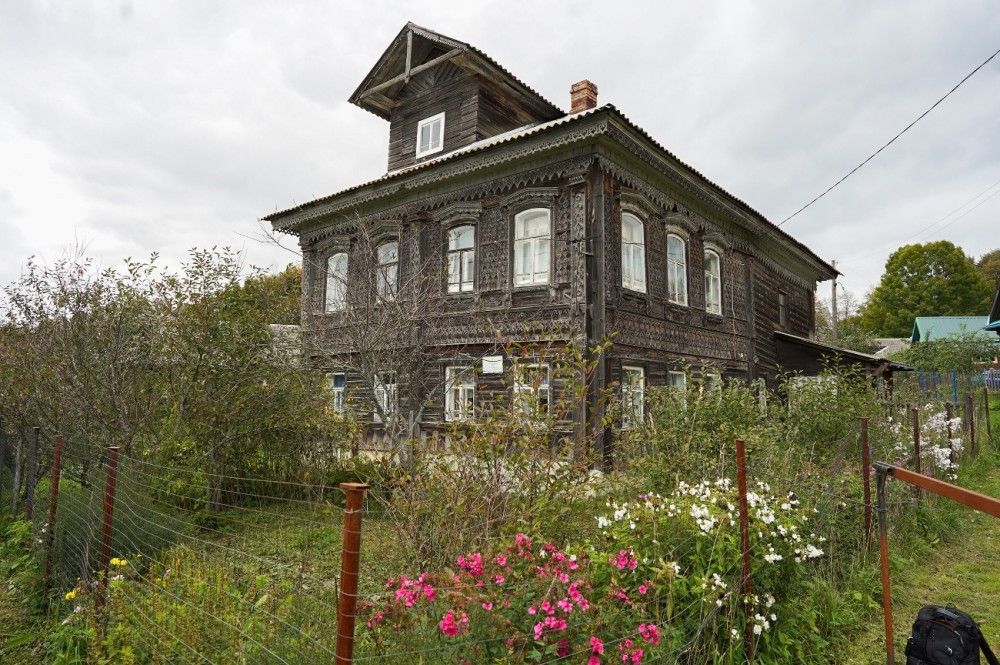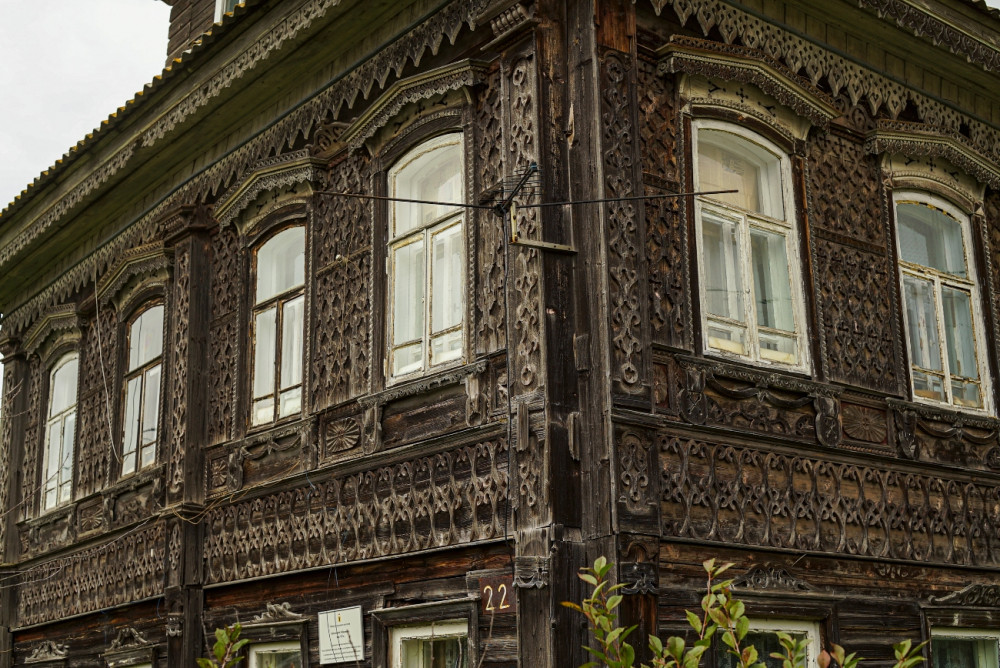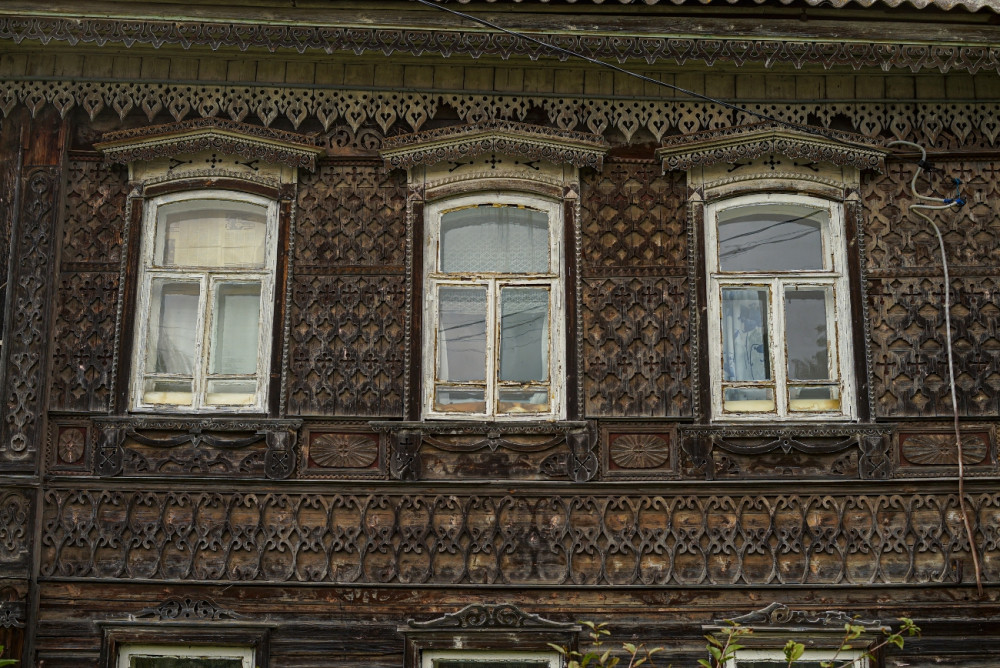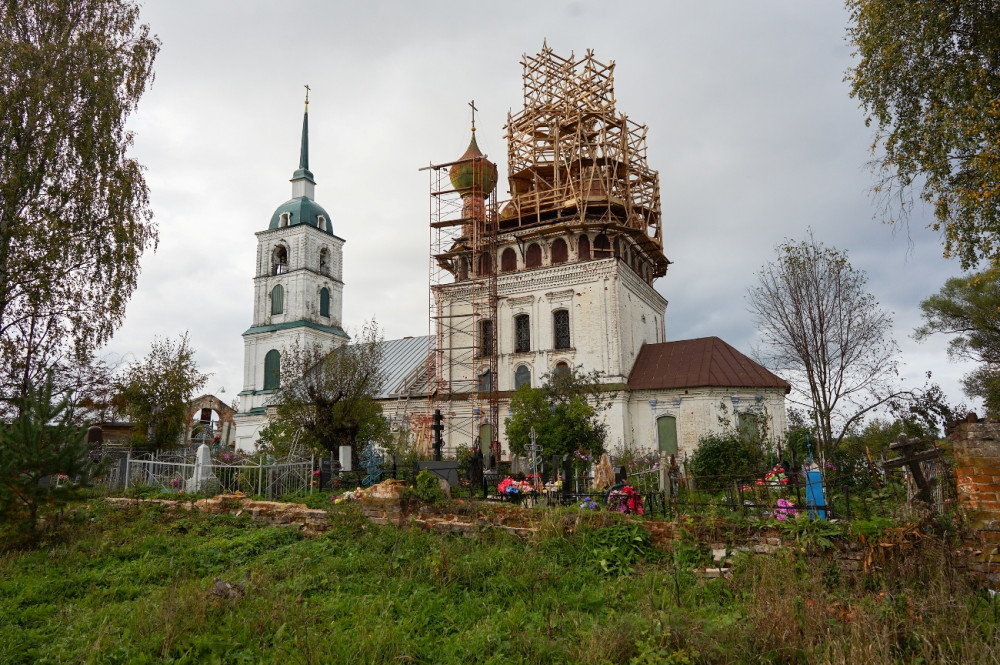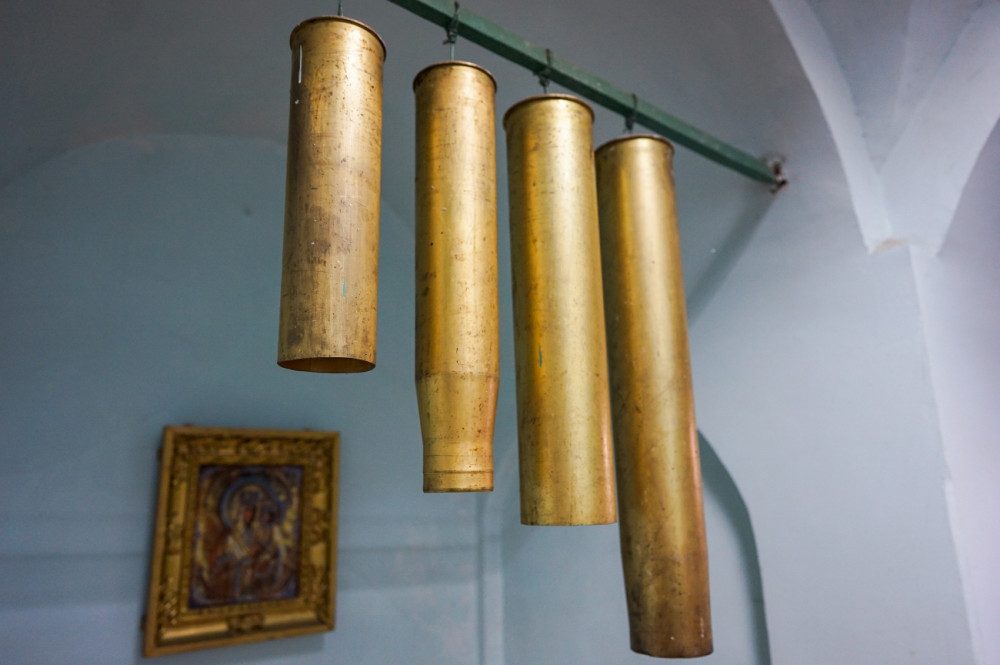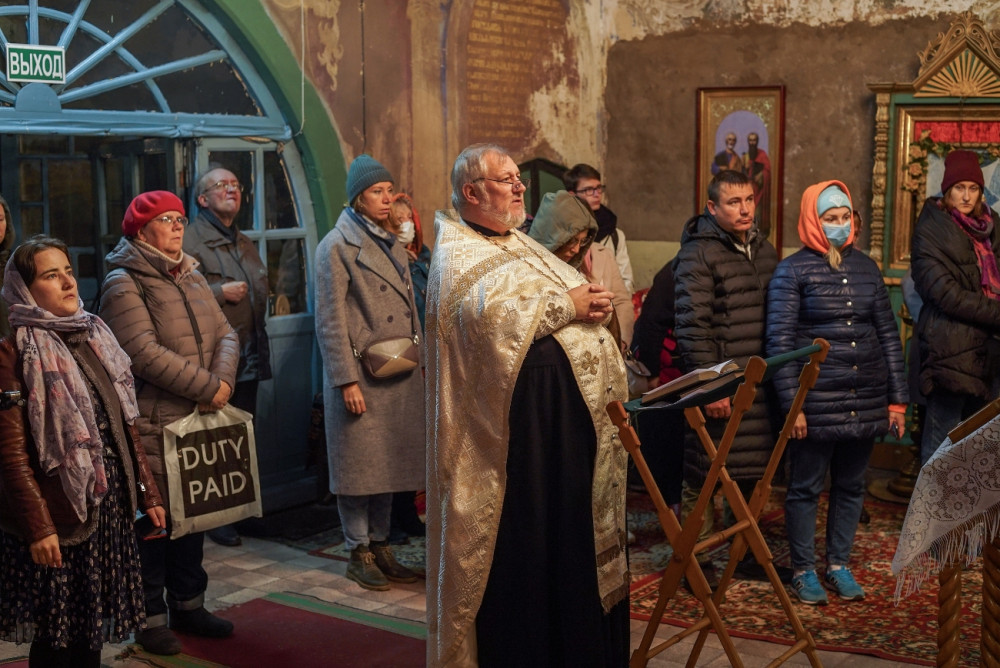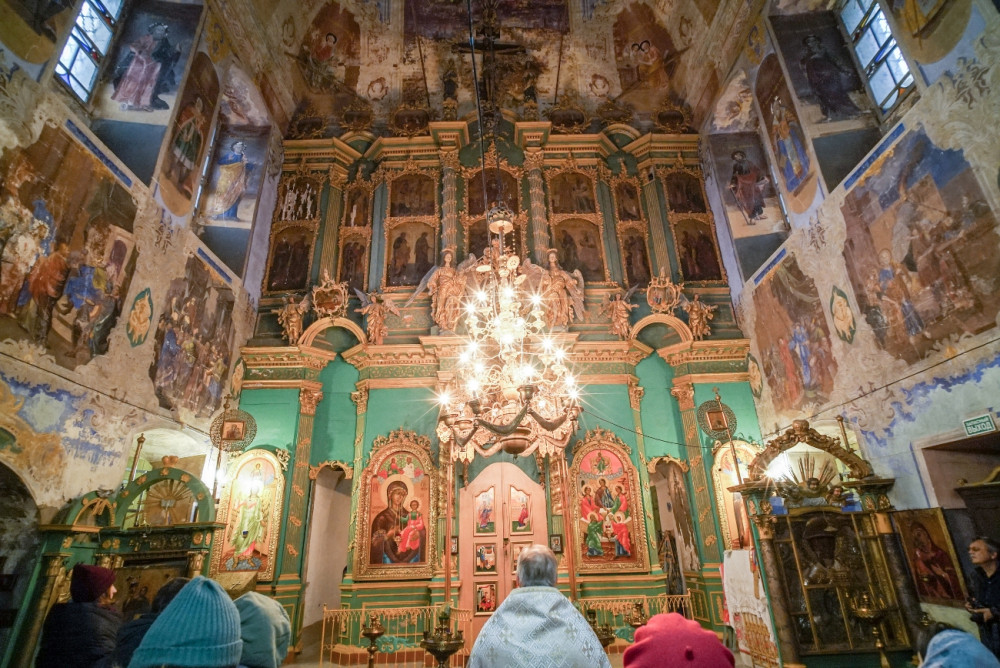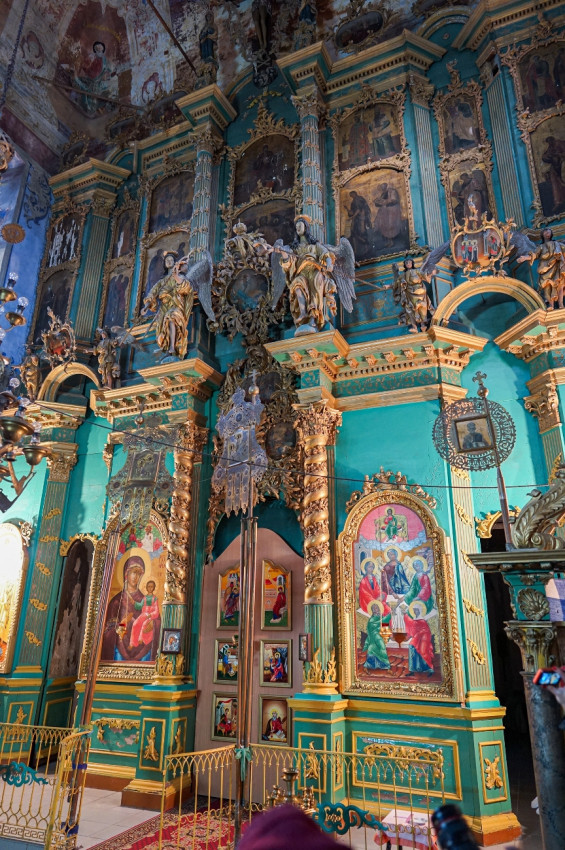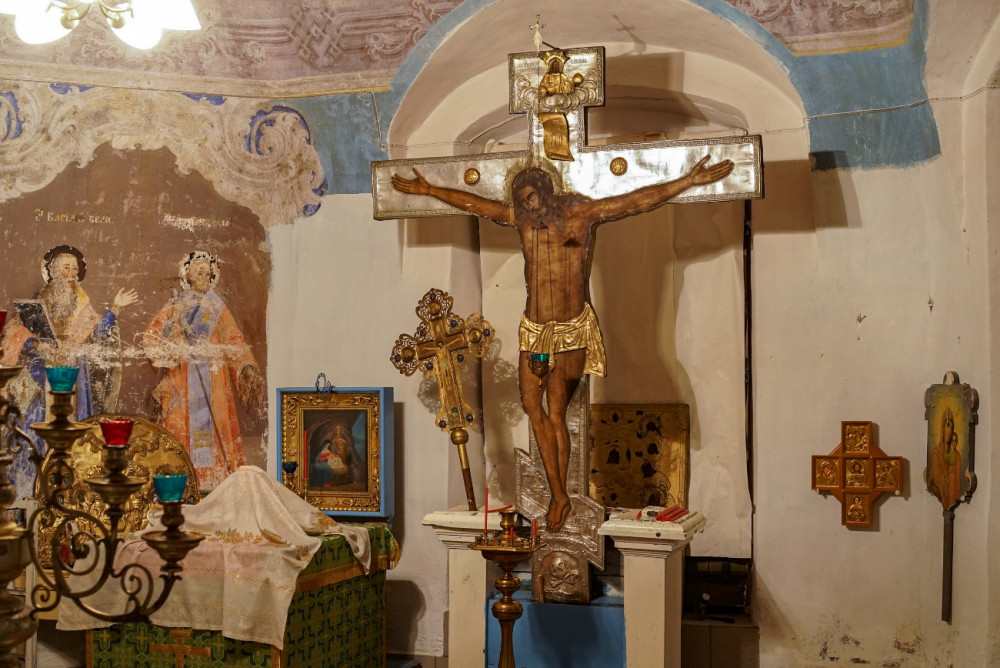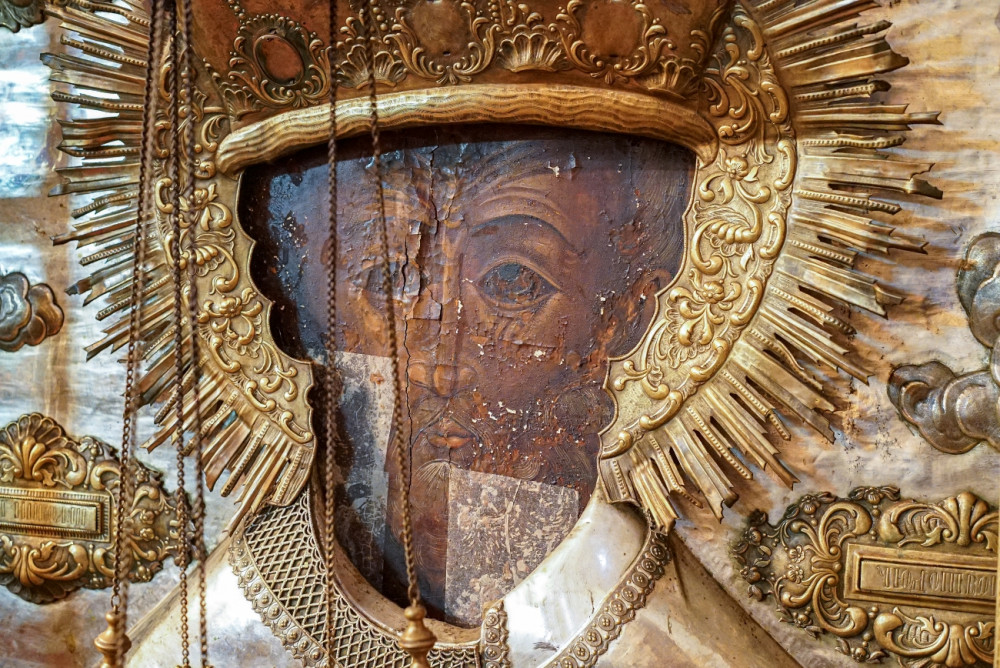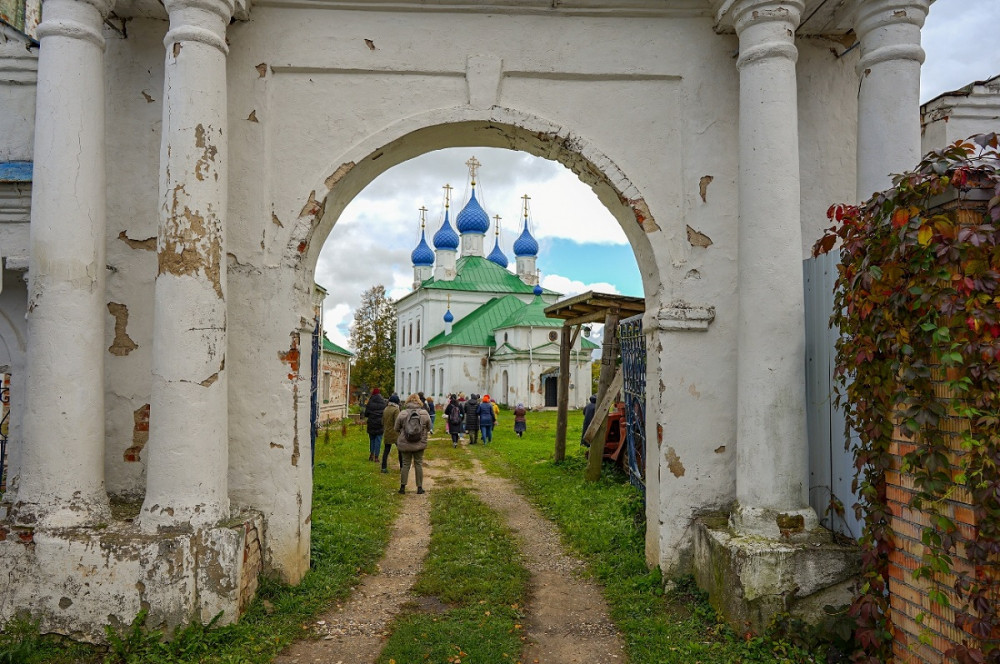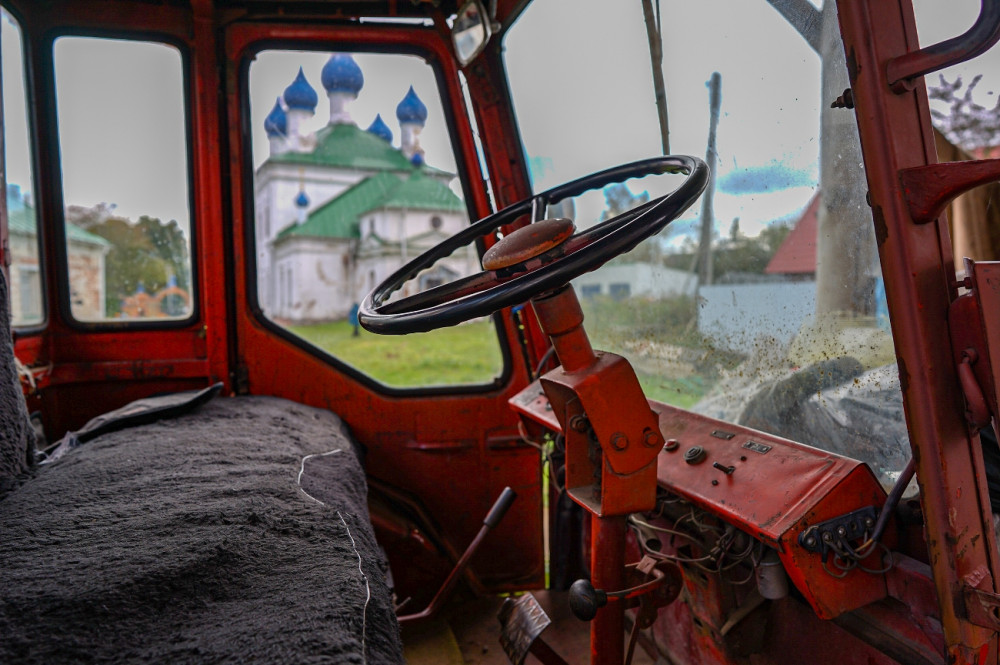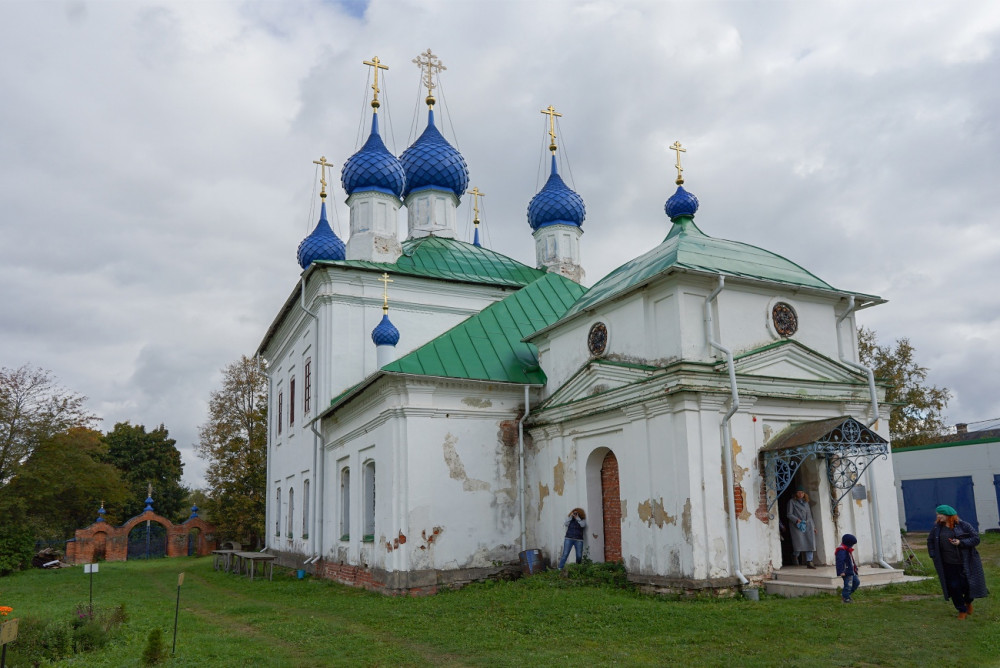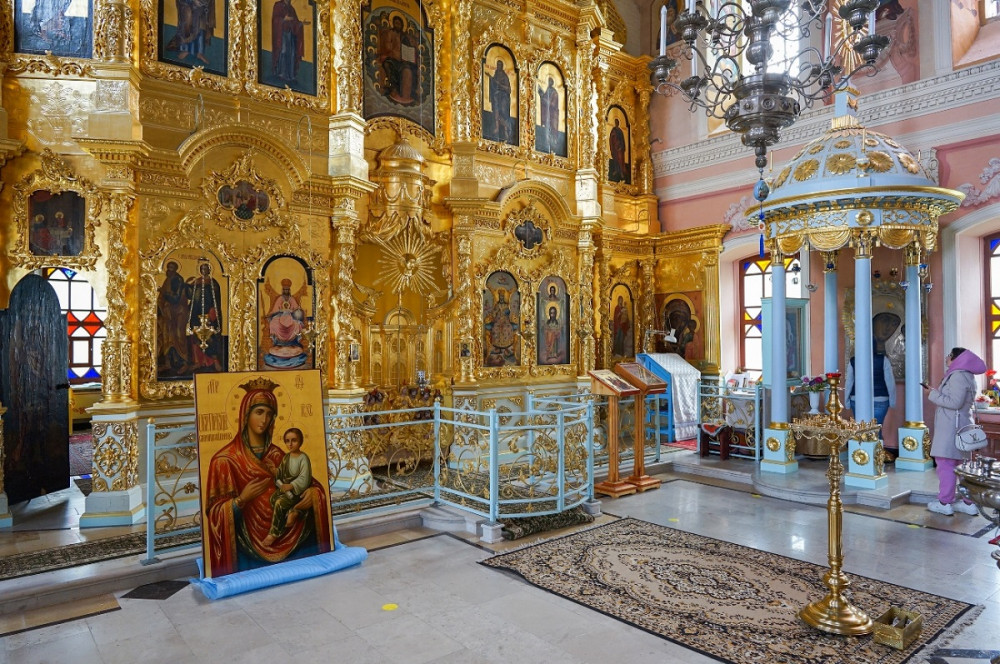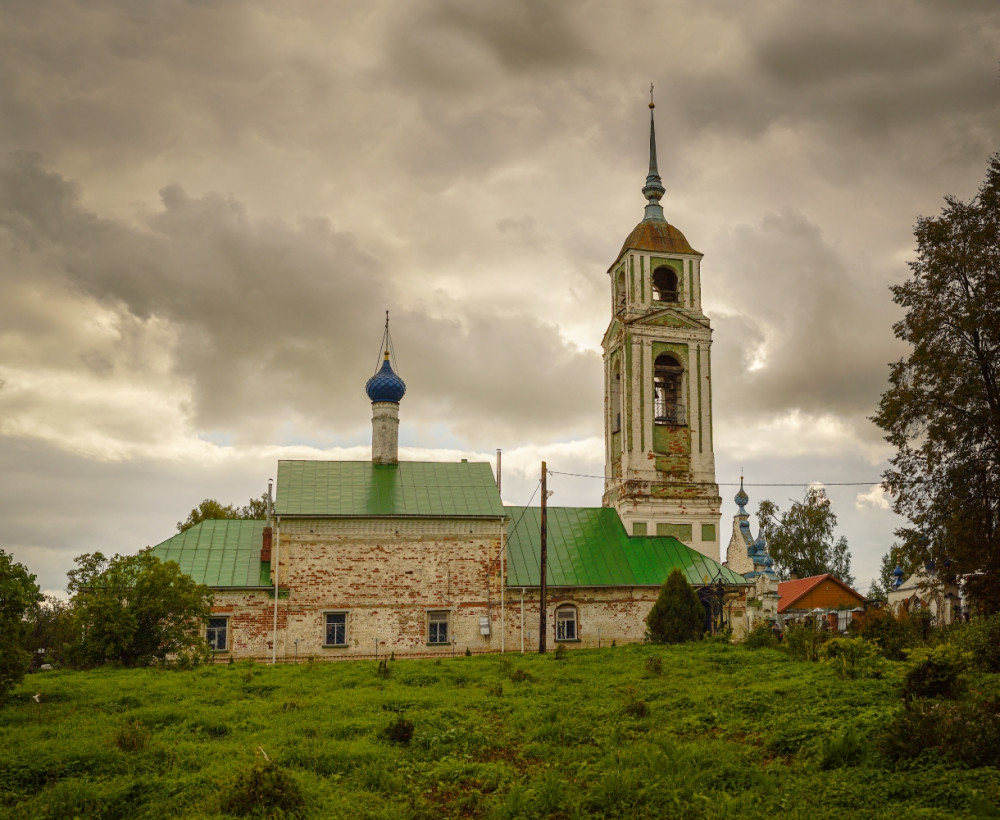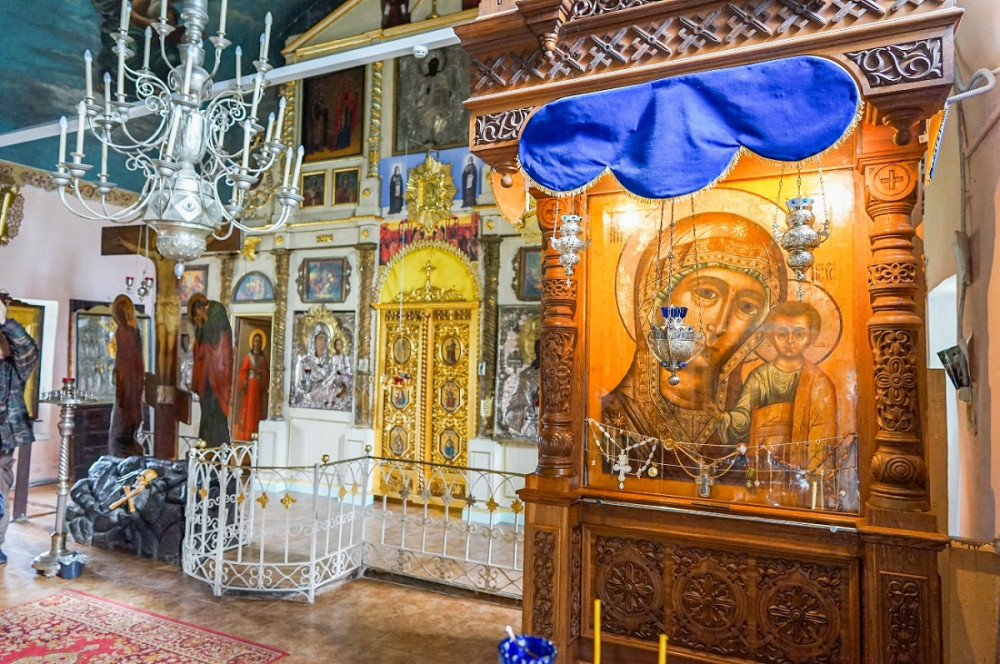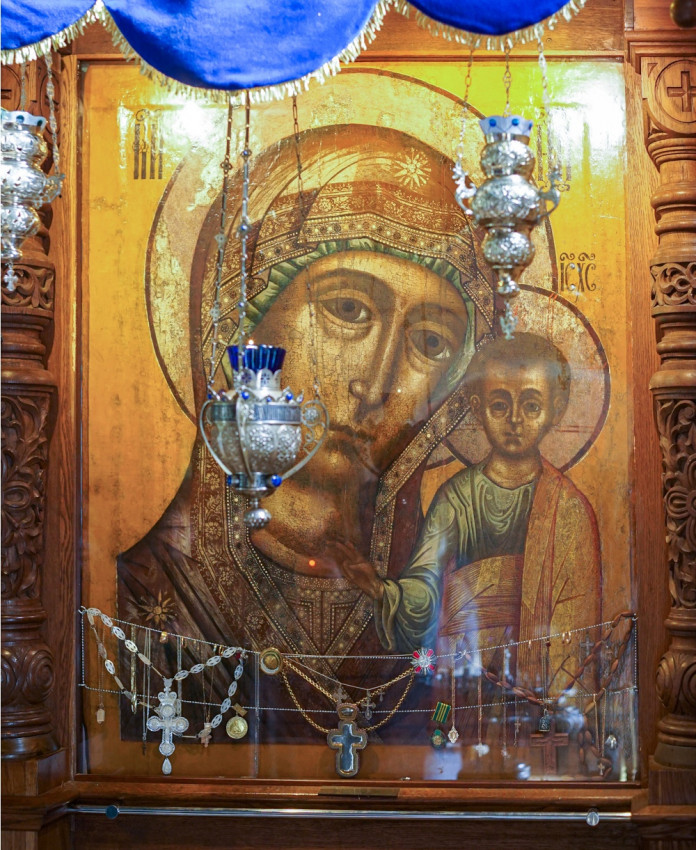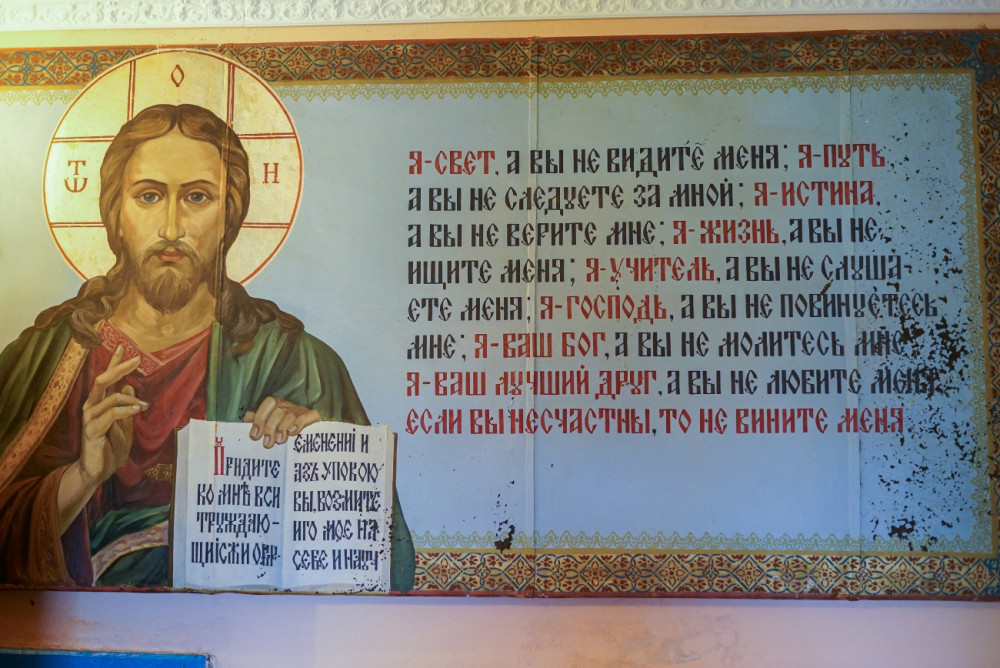On September 18, 2021, there was a press tour of the Yaroslavl region dedicated to the problem of preserving cultural heritage sites. It was organized by the White Iris Charitable Foundation, which is engaged in rescuing rural churches; it carries out emergency and conservation work and develops projects for the restoration of destroyed churches.
The participants of the press tour visited the villages of Vasilievskoye, Kurba, Degtevo and Novoye. The press tour was held as part of the Rural Treasures Revival project, implemented using a grant from the President of the Russian Federation, provided by the Presidential Grant Foundation. The main treasure of each village is a church. Today these architectural monuments, which have been misused for a long time, are in dire need of protection and assistance.
The village of Kurba is famous for its legendary Church of the Kazan Icon of the Mother of God, built in 1770 in the Naryshkin Baroque style. [The Naryshkin (or Muscovite) Baroque style was widespread in Moscow and the neighboring provinces of Russia from the late seventeenth till the early eighteenth century. It was characterized by elegance, thorough decoration and even elements of secularism in its mostly multi-domed churches. It was named after the influential Naryshkin boyar family in Moscow, on whose estate the first such church was built.]
The architectural features of this magnificent monument of Russian architecture—the sixteen-petal design and its volumetric composition cannot be found anywhere else in the world. The church walls are decorated with frescoes containing about 350 biblical scenes.
Interestingly, the Church of the Kazan Icon has appeared three times in Russian movies, the last of which was the “Monastery” series in 2020.
The White Iris Foundation has carried out conservation work in the church, and this has saved it from total ruin. A plan for the restoration of the Kurba masterpiece is in the works.
In the village of Degtevo is the Church of the Korsun Icon of the Mother of God built in 1819 in the Empire style. The stone parish church was part of an estate that appeared on this site at the beginning of the seventeenth century.
One of the owners of the estate was the famous playwright Nikolai Ivanovich Filimonov (1804–1870), who knew the poet Alexander Pushkin well and was friends with the poet Nikolai Nekrasov. The church is remarkable for its rotunda and three-tiered bell tower. The frescoes have been partially preserved inside the round church.
In 2013, the military drama series “Night Swallows” was filmed in Degtevo. The Church of the Korsun Icon is one of the most picturesque locations for filming.
In August this year, the White Iris Foundation began emergency conservation work in the church.
In the Holy Trinity Church of the village of Novoye, a magnificent baroque iconostasis and examples of monumental wall paintings have been preserved. The church, erected in 1776, is also remarkable for the fact that even during the Soviet-era persecution, services never stopped there.
Working together with the villagers and volunteers, the White Iris Foundation is engaged in improvements to the area around the church and the replacement of the dilapidated fence with a new one. Also, experts are developing a plan to restore the main adornment of the historical fence—the Holy Gate, an example of early Classicism.
The church complex of the village of Vasilievskoye consists of two churches. The Church of the All-Merciful Savior was built in 1733. According to legend, the chambers of Prince Andrei Kurbsky were earlier situated on this place.
The church has always been active and was not closed even in the most severe years of persecution. Here is where the Kazan icon of the Mother of God was kept from the time it was miraculously saved when Kurba church was closed.
The five-domed summer Church of the Smolensk Icon of the Mother of God was erected between 1793 and 1804. Inside it there is a carved Baroque iconostasis from the eighteenth century that was recently restored. The church walls are decorated with murals from the late nineteenth century that imitate frescos.
Photographs by Anatoly Goryainov
Translated by Dmitry Lapa
Pravoslavie.ru



